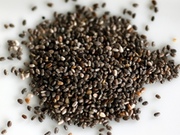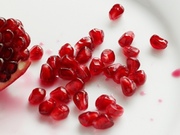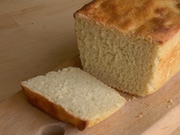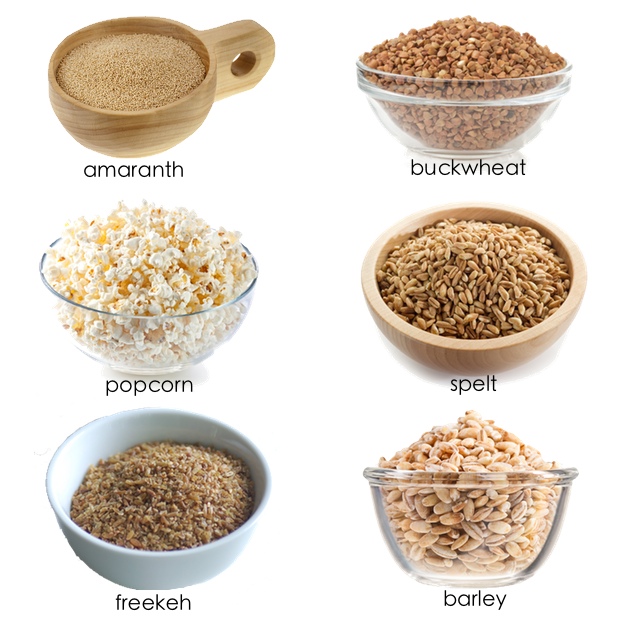Folks, although sometimes it may not seem like it, there is a world beyond quinoa. Yes, it goes well with almost any dish and is super healthy for you, but there are tons of other grains out there that deserve some love, too. Local nutrition experts shared their favorites with us—some you’ve probably had before and others you may never have heard of. Read on for their recommendations and tips for adding the grains to your diet.
FREEKEH
Freekeh, a favorite of registered dietitian Nour Zibdeh, is a roasted green wheat seed that’s native to the eastern Mediterranean area and some of North Africa. Chewy and moist, freekeh has a slightly smoky flavor and is high in protein and fiber. Zibdeh warns that while freekeh’s nutritional profile differs from regular wheat—the seeds are harvested early in the spring before they’re mature—it is not gluten-free.
How to eat: It’s cooked similar to rice. Zibdeh’s favorite way to eat the grain is with roasted chicken and vegetables, seasoned with Middle Eastern spices. It also can be cooled and tossed into a salad.
SPELT
How to eat: Katz says it takes about 65 to 95 minutes to cook, in three parts water to one part spelt. It goes well with mushrooms and broccoli.
BARLEY
This cereal grain has a rich, nutty flavor and when cooked has a consistency similar to pasta. One cup contains more than 50 percent of your daily recommended fiber. Barley flour has its benefits, too, says registered dietitian Joy Dubost. It “typically has a lower gluten content, so it can be combined with higher-gluten flours in baked goods.”
How to eat: You’ll often find barley in soups, but it can be used in baked goods and hot cereals, too.
BUCKWHEAT
This fruit seed is typically thought to be a cereal grain, but dietitian Betsy Ramirez informed us otherwise. It’s gluten-free, so it’s often a popular substitute for wheat-based grains. The really good news is that it’s high in fiber, magnanese, and other immunity-boosting minerals.
How to eat: Try toasting or boiling it. Buckwheat goes well in a lentil salad or eaten as a porridge.
POPCORN
“Most forget this is a whole grain and thus makes a great snack,” says Dubost. In fact, research shows that popcorn contains a wealth of antioxidants, even more than some fruits and vegetables.
How to eat: Popcorn is healthiest when the kernels are air-popped, but if that’s not an option, try using seasonings such as onion and garlic powders or reduced-fat Parmesan cheese rather than butter. Also try our tasty pizza- and curry-flavored popcorn seasoning recipes.
AMARANTH
“Amaranth is known for its awesome nutritional value,” says Katz. One cup contains 21 percent of fiber and 9 grams of protein. Even better, it’s gluten-free. “If you would rather not have [this] sweet, it can also be a savory dish, prepared similarly to rice.”
How to eat: Katz cooks amaranth in water with a 2.5:1 ratio for 20 minutes. Her favorite preparation: She adds a splash of almond milk at the end and eats it with raisins, walnuts, or coconut and sunflower seeds with a drizzle of honey.
You Might Also Like:

The Powerful Benefits of Chia Seeds |

Why Pomegranate Seeds Are So Good For You |

Can Going Gluten-Free Help You Lose Weight |












